AI-Generated Cats Are Taking Over Social Media: Exploring the Future of Digital Pet Companions
Hind MoutaoikiIR&D Manager
Fri Mar 07 2025

In recent years, a new trend has emerged on social media: AI-generated cats. These digital companions are not just a passing novelty; they represent a shift in how we perceive companionship in the digital age. With advancements in technology, these virtual pets are becoming increasingly popular, capturing the hearts of many and changing the landscape of pet ownership. Let's explore the phenomenon of AI-generated cats and what it means for the future of digital pets.
In recent years, a new trend has emerged on social media: AI-generated cats. These digital companions are not just a passing novelty; they represent a shift in how we perceive companionship in the digital age. With advancements in technology, these virtual pets are becoming increasingly popular, capturing the hearts of many and changing the landscape of pet ownership. Let's explore the phenomenon of AI-generated cats and what it means for the future of digital pets.
Key Takeaways
- AI-generated cats are increasingly popular on social media, reshaping our understanding of companionship.
- Digital pets offer companionship without the responsibilities of traditional pet ownership.
- AI technology allows for the creation of lifelike and engaging virtual cats.
- The rise of AI-generated cats has sparked a vibrant online community of cat enthusiasts.
- Ethical considerations are important as we navigate the future of AI companions.
The Rise of AI-Generated Cats
Understanding AI Technology in Pet Creation
AI's impact on pet creation is pretty interesting. It's not just about generating random images; it's about using complex algorithms to mimic real-world characteristics. Machine learning models are trained on vast datasets of cat images, learning to recognise patterns, breeds, and even individual quirks. This allows for the creation of digital cats that are surprisingly realistic and diverse. It's a far cry from the blocky, pixelated pets of early computer games. The AI transformation is quite something.
The Evolution of Digital Cats
The evolution of digital cats has been quite a journey. From simple, static images to interactive, AI-driven companions, the technology has advanced rapidly. Early digital cats were little more than novelties, but today's AI-generated cats can respond to stimuli, learn tricks, and even exhibit unique personalities. This evolution reflects broader trends in AI development, with a growing emphasis on creating more engaging and lifelike digital experiences. It's kinda cool to see how far things have come.
Cultural Impact of AI Cats on Social Media
AI-generated cats are making a splash on social media. They're not just cute; they're a cultural phenomenon. The internet has always loved cats, and AI is now providing a seemingly endless supply of fresh, engaging cat content. This has led to the rise of AI cat influencers, viral cat memes, and a growing community of cat enthusiasts who are embracing the possibilities of AI-generated feline companions. It's a brave new world for cat lovers, that's for sure.
The rise of AI-generated cats on social media highlights a broader trend: the increasing integration of AI into our daily lives. These digital companions offer a unique blend of entertainment, companionship, and technological innovation, raising important questions about the future of human-animal relationships in the digital age.
Here are some reasons for their popularity:
- Novelty: AI-generated cats offer a fresh take on a classic internet meme.
- Customisation: Users can create cats that match their specific preferences.
- Accessibility: AI cat generators are often free and easy to use.
Exploring the Concept of Digital Companionship
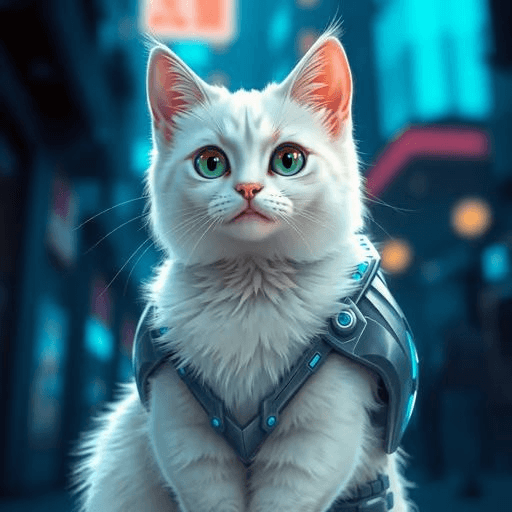
Defining Digital Pet Companions
So, what exactly are we talking about when we say 'digital pet companion'? Well, it's basically an AI-driven entity designed to mimic the companionship of a real pet. Think of it as a virtual friend that can interact with you, respond to your commands, and even show affection (in its own digital way, of course). These aren't just simple programmes; they're complex systems that learn and adapt to your behaviour.
Benefits of AI-Generated Pets
Okay, so why would anyone want an AI pet? Turns out, there are quite a few reasons:
- They're low-maintenance. No feeding, walking, or vet bills!
- They can offer companionship to people who can't have real pets due to allergies, living situations, or other constraints.
- They can be therapeutic, providing comfort and reducing feelings of loneliness.
AI pets can be particularly helpful for individuals dealing with social anxiety or those on the autism spectrum. The predictable and non-judgmental nature of these digital companions can make them a gentle introduction to social engagement.
Comparing AI Pets to Traditional Pets
Let's be real, an AI pet isn't going to replace the real thing for most people. But they do offer some unique advantages. Traditional pets provide unconditional love and physical interaction, which is hard to replicate. On the other hand, AI pets are always available, customisable, and don't require the same level of commitment. It really boils down to what you're looking for in a companion.
Here's a quick comparison:
Feature | Traditional Pet | AI Pet |
| Maintenance | High | Low |
| Real Affection | Yes | Simulated |
| Customisation | Limited | High |
| Spontaneity | High | Programmed |
| Responsibility | High | Low |
| Cost (lifetime) | High | Low to Medium |
It's all about finding the right fit for your lifestyle and needs.
The Role of AI in Enhancing Pet Ownership
AI as a Companion for the Petless
For many, owning a pet is simply not feasible. Perhaps they live in accommodation where pets aren't allowed, or their lifestyle doesn't allow for the commitment a real animal requires. This is where AI pets step in. They offer companionship without the need for feeding, walking, or vet visits. It's a way to experience the joy of having a pet without the responsibilities.
Therapeutic Benefits of AI Pets
AI pets are starting to show promise in therapeutic settings. They can provide comfort and reduce feelings of loneliness, especially for the elderly or those with limited social interaction.
- Reducing anxiety
- Improving mood
- Offering a sense of purpose
AI pets can be a valuable tool in improving mental well-being. They offer a non-judgmental, always-available companion that can make a real difference in someone's life.
AI Pets and Social Interaction
It might seem counterintuitive, but AI pets can actually encourage social interaction. People who own AI pets might find themselves talking to others about their digital companions, sharing experiences, and even forming online communities. It's a new way to connect with like-minded individuals and share a common interest. The evolution of digital cats is fascinating.
Future Innovations in AI Pet Technology
AI pets are already pretty cool, but what's next? It's not just about making them more realistic; it's about making them more useful and integrated into our lives. Let's have a look at what the future might hold.
Predictions for AI Pet Development
We're likely to see AI pets become much more sophisticated. Think about it: better sensors, more realistic movements, and even more complex interactions. The goal is to create companions that can truly understand and respond to our needs. AI development is moving fast, so expect some surprises. For example:
- Improved emotional recognition: AI pets that can accurately detect and respond to human emotions.
- Advanced learning capabilities: Pets that learn from interactions and adapt their behaviour over time.
- Seamless integration with smart home devices: Controlling lights, music, and other devices through your AI pet.
Potential Features of Future AI Cats
Imagine an AI cat that not only looks and acts like a real cat but also offers unique features. Here are a few possibilities:
- Personalised health monitoring: AI cats that can track your vital signs and alert you to potential health issues.
- Interactive storytelling: Cats that can tell stories, play games, and provide mental stimulation.
- Customisable personalities: The ability to adjust your AI cat's personality to match your preferences.
AI pets could also help with tasks around the house, such as reminding you to take medication or alerting you to potential hazards. They could even serve as companions for elderly individuals or people with disabilities, providing a sense of connection and support.
Ethical Considerations in AI Companionship
As AI pets become more advanced, it's important to consider the ethical implications. We need to think about things like:
- The potential for emotional attachment: How do we ensure that people don't become overly reliant on AI companions?
- Data privacy: How is the data collected by AI pets being used, and is it being protected?
- The impact on real animals: Could AI pets reduce the demand for real pets, and what would be the consequences?
It's crucial to have conversations about these issues to ensure that AI companionship benefits society as a whole. K&L Gates Endowment is a great initiative to address these concerns.
The Impact of AI-Generated Cats on Social Media
Trends in Cat Content Creation
AI-generated cats are changing the landscape of online content. We're seeing a surge in unique, often surreal, cat images and videos. AI allows for endless variations, pushing the boundaries of what's possible in cat-related media. This has led to:
- A rise in hyper-realistic cat images.
- The creation of fantasy cat breeds and scenarios.
- An increase in interactive cat content, where users can influence the AI's output.
The Popularity of Cat Memes
Cat memes have always been a staple of internet culture, but AI is taking them to a new level. AI can generate memes faster and in greater quantities than ever before. This has resulted in a flood of new and often bizarre cat memes, some of which go viral almost instantly. Consider this:
The speed and volume at which AI can produce memes mean that trends now evolve faster than ever. What was funny yesterday might be old news today, keeping meme creators on their toes.
AI Cats and Influencer Culture
AI-generated cats are even making their way into influencer culture. Some influencers are using AI to create unique cat characters to feature in their content, while others are collaborating with AI to produce entirely new forms of cat-related entertainment. This opens up new avenues for:
- Brand partnerships featuring AI cats.
- AI cat-themed merchandise.
- The rise of virtual cat influencers.
Understanding AI-Generated Cats Explained
How AI Generates Cat Images
So, how do these AI-generated cats actually come to life? It's all thanks to some pretty clever algorithms and a whole lot of data. Basically, the AI is fed a massive dataset of cat images – every breed, pose, and angle you can imagine. This data is the AI's training ground. The AI then learns to recognise patterns and features that define a cat, like pointy ears, whiskers, and those adorable eyes.
Then, when you ask it to create a new cat image, it uses what it's learned to generate something that looks convincingly feline. It's not just copying and pasting; it's creating something entirely new based on its understanding of what a cat is. It's a bit like how a human artist might paint a cat from memory, but instead of a brush, the AI uses complex mathematical equations.
The Science Behind AI Recognition of Cats
AI's ability to recognise cats isn't just about identifying cute pictures; it's rooted in some serious science. At the heart of it all are neural networks, which are designed to mimic the way the human brain works. These networks are made up of layers of interconnected nodes that process information. When an image of a cat is fed into the network, each layer analyses different aspects of the image, like edges, shapes, and textures.
Over time, the network learns which features are most important for identifying a cat. This process is called deep learning, and it's what allows AI to recognise cats with incredible accuracy, even in challenging conditions like poor lighting or unusual angles. It's pretty amazing when you think about it – a machine learning to see the world like we do, one cat at a time.
Applications of AI in Cat-Related Content
AI's impact on cat-related content goes way beyond just generating images. Think about it:
- Analysing cat behaviour: AI can be used to track a cat's movements and vocalisations, helping owners understand their furry friend's needs and moods.
- Creating personalised cat products: AI could design toys or furniture tailored to a specific cat's preferences.
- Generating engaging content: AI tools like CatGPT can create articles, stories, and social media posts all about cats, perfect for pet blogs or businesses.
AI is also being used to develop tools that can automatically detect cats in images and videos, which is super useful for things like wildlife monitoring or even just organising your photo library. The possibilities are pretty much endless, and it's exciting to see how AI will continue to shape the world of cat content in the future.
A New Chapter in Companionship
As we look ahead, it’s clear that AI-generated pets are reshaping our understanding of companionship. While they may not replace the warmth and affection of real animals, these digital companions offer a unique alternative that can bring joy to many. For those who can’t have traditional pets, AI cats provide a playful and engaging experience without the responsibilities that come with real pet ownership. Whether you see them as a fun novelty or a serious innovation, AI pets are changing the landscape of friendship in the digital age. As technology continues to advance, we can expect even more exciting developments in this field, making the future of companionship both intriguing and full of possibilities.
Frequently Asked Questions
What are AI-generated cats?
AI-generated cats are digital creations made using artificial intelligence technology that mimic the appearance and behaviour of real cats.
How do AI-generated cats differ from real cats?
Unlike real cats, AI-generated cats do not need food, grooming, or cleaning, but they can still provide companionship and entertainment.
What are the benefits of having an AI pet?
AI pets can offer joy and comfort without the responsibilities of caring for a real animal, making them great for people who can't have traditional pets.
Can AI pets help with mental health?
Yes, AI pets can provide support for people with social anxiety or other mental health issues by offering a non-judgmental form of companionship.
What is CatGPT?
CatGPT is a special AI model designed to generate cat-related content, allowing users to engage in fun conversations and learn more about cats.
How popular are AI-generated cats on social media?
AI-generated cats are very popular on social media, often appearing in memes and videos, and they contribute to the growing trend of cat-related content online.
Read More:
how to explain democrat vs republican to a child
what did egypt accomplish under cleopatra's rule
how has the development of technology positively affected our wellness?
previous
The book of wisdom part2
next
Top 50 Women That Changed Our World and the History of the International Women's Day
Share this
Hind MoutaoikiI
R&D Manager
Hind is a Data Scientist and Computer Science graduate with a passion for research, development, and interdisciplinary exploration. She publishes on diverse subjects including philosophy, fine arts, mental health, and emerging technologies. Her work bridges data-driven insights with humanistic inquiry, illuminating the evolving relationships between art, culture, science, and innovation.
More Articles
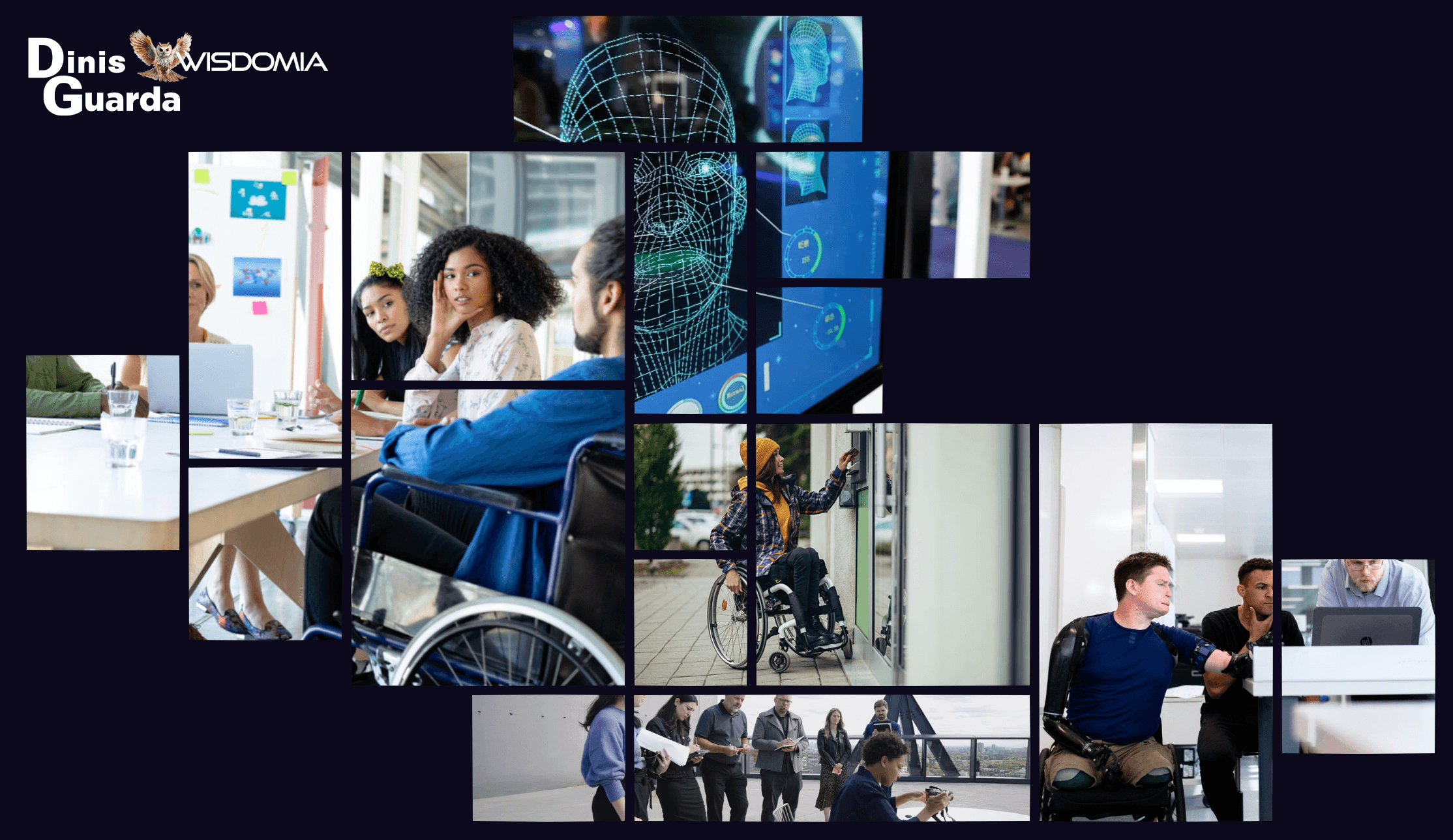
The Hard Truths: Three Critical Barriers Standing Between AI Innovation and Universal Accessibility
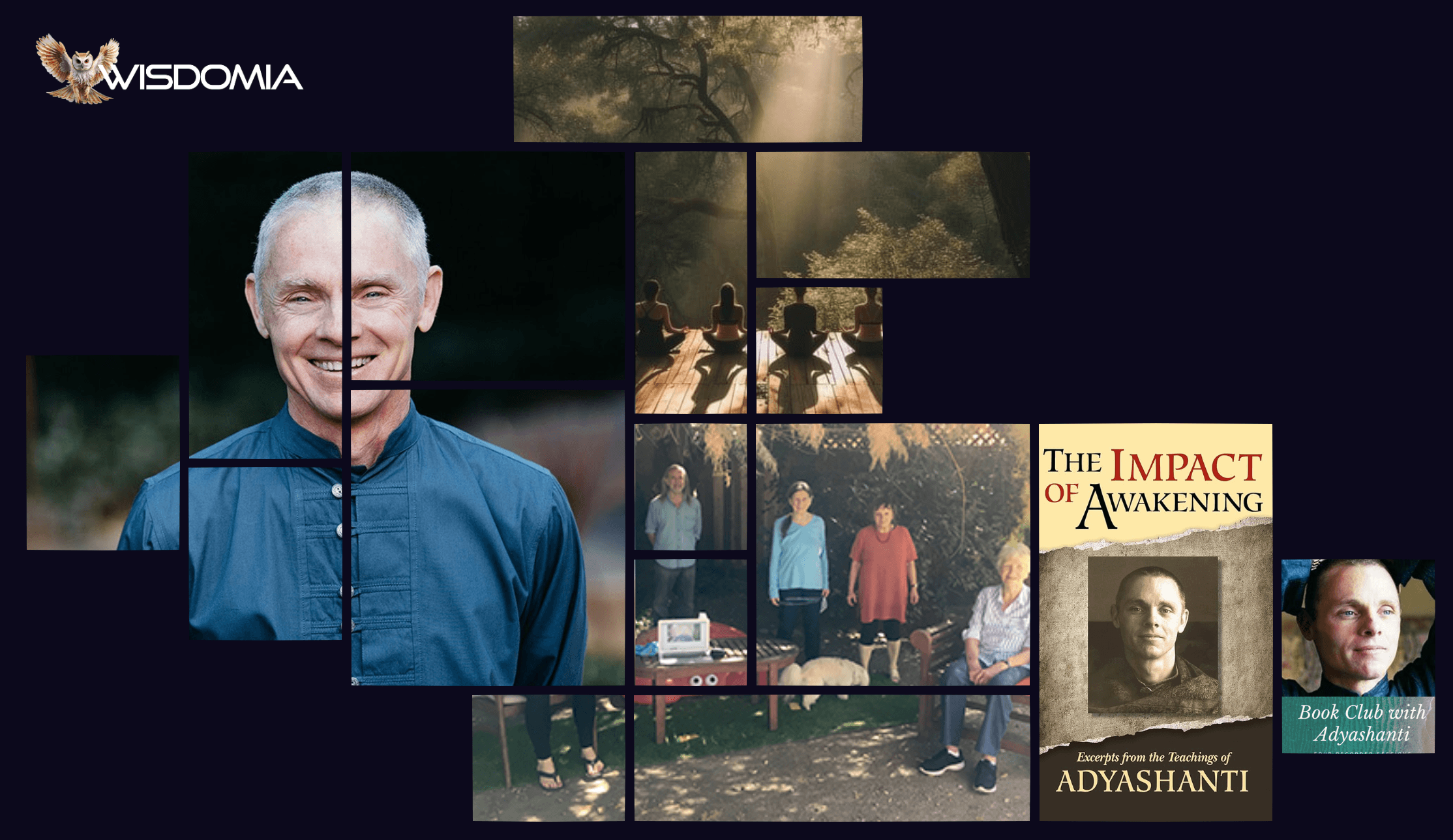
Elder Voices of the Millennium: Adyashanti
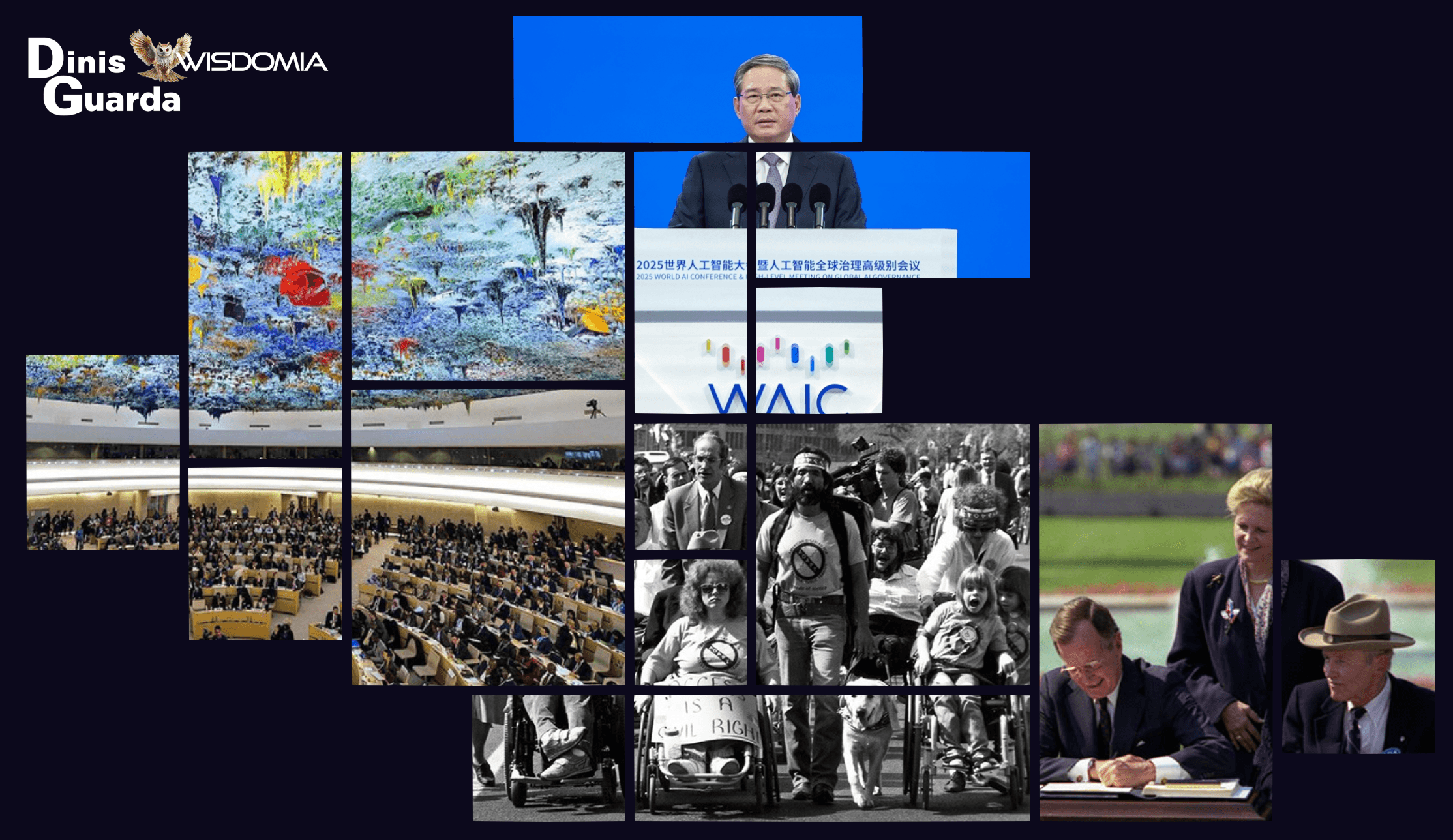
The Rules of the Game: How Global Policy Is Shaping AI Accessibility from Rights to Reality
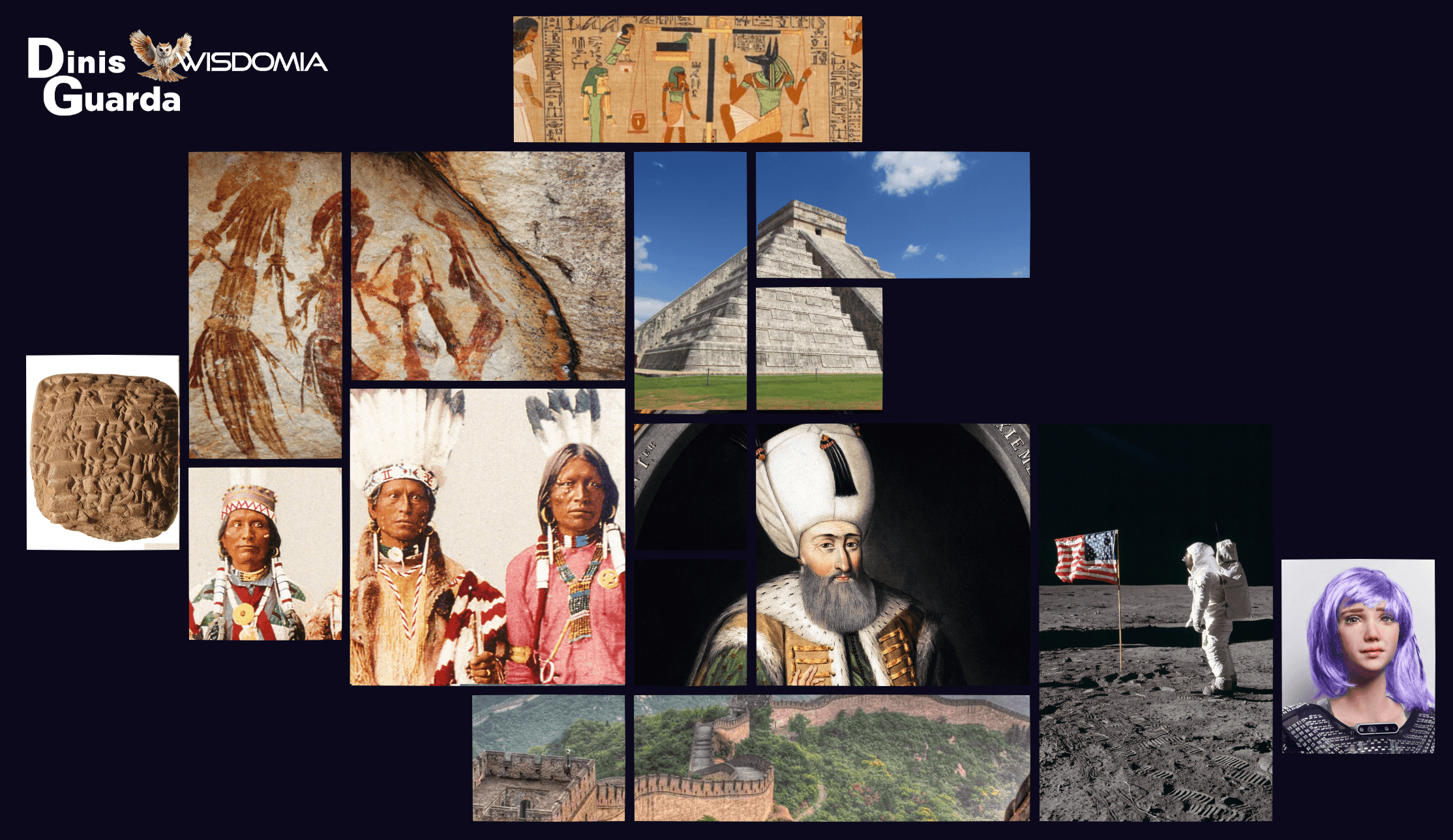
The Rise and Fall of Civilisations: A Complete History
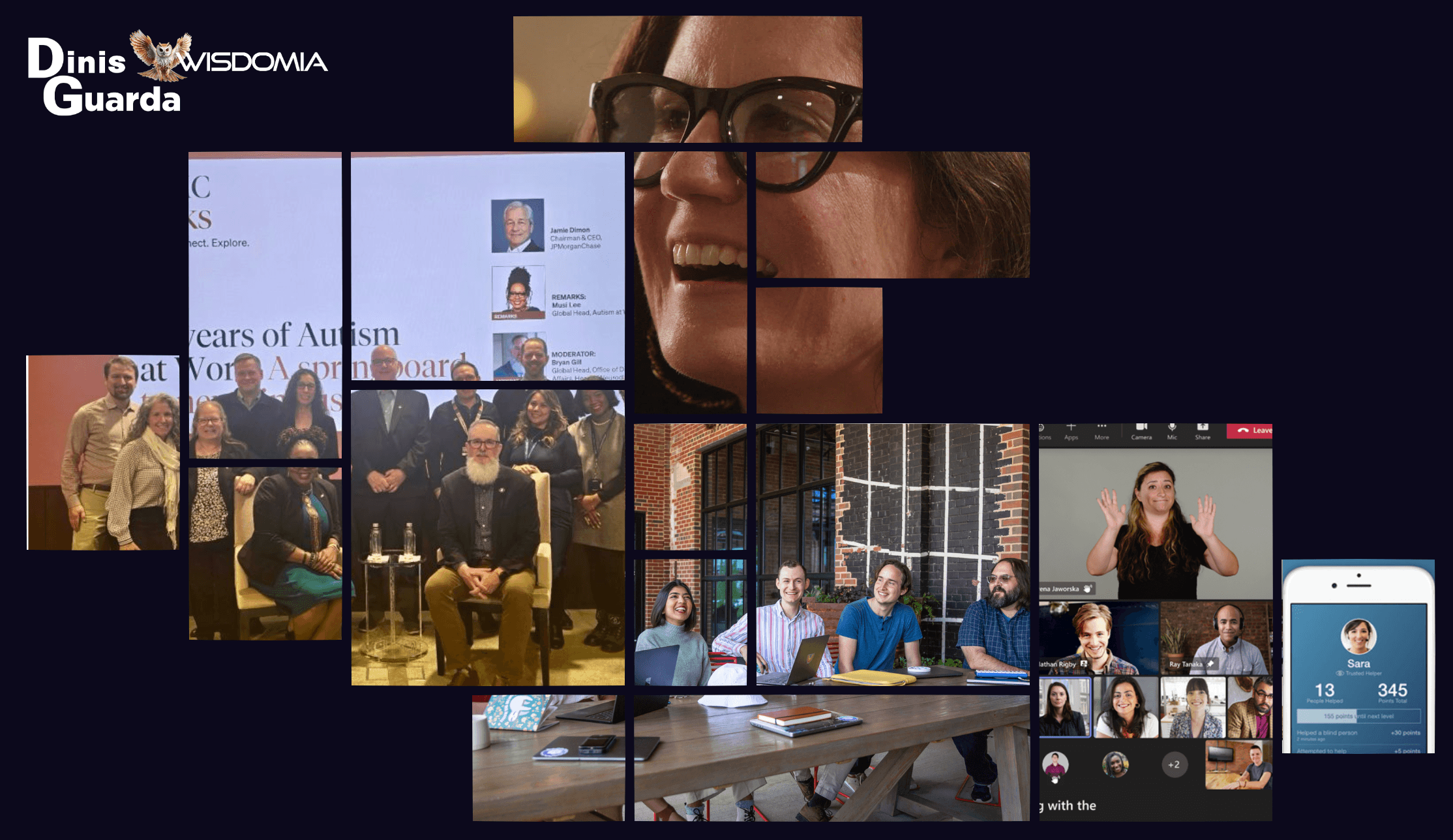
When Profit Meets Purpose: How Microsoft and Corporate Leaders Are Proving the Business Case for Accessibility





